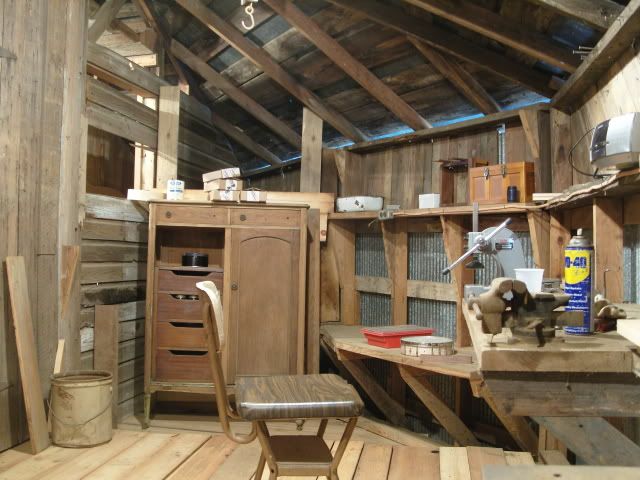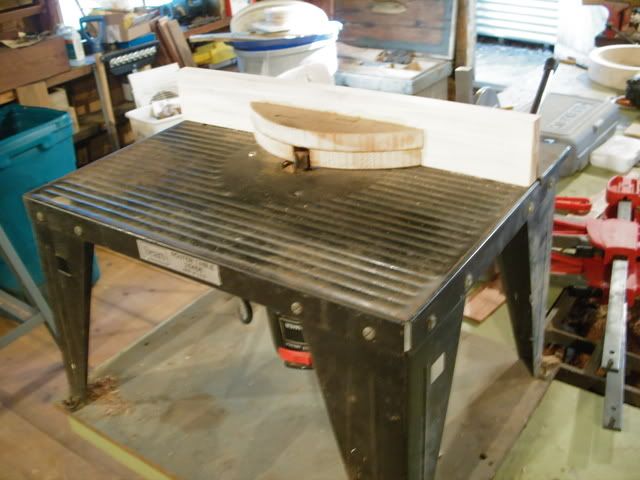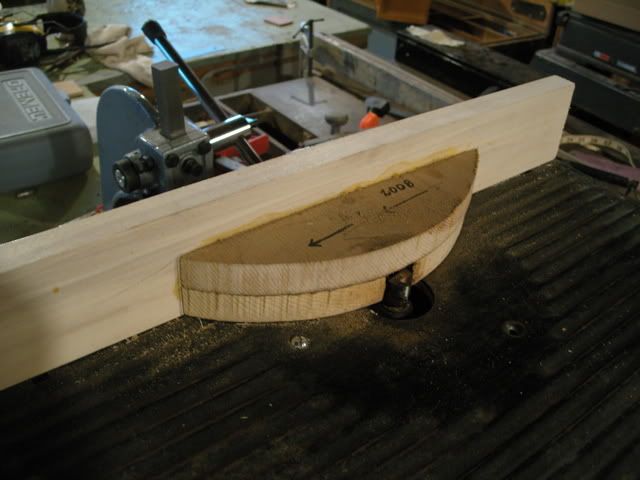
I Just finished reading The Art of Joinery, originally published as a series of instructional pamphlets in 1678 by Joseph Moxon.
The complete series of pamphlets, titled Mechanick Exercises or the Doctrine of Handy-Works, served as an introduction as well as instruction for various professions, such as blacksmithing, house carpentry and bricklaying. The Art of Joinery deals specifically with the craft of woodworking.
This edition of The Art of Joinery was recently published by Lost Art Press and updated by Chris Schwarz. Each chapter ends with an analysis by Chris Schwarz which summarizes the text. New photos were added alongside the original engravings to provide a clear understanding.
It is surprising just how little woodworking with handtools has changed. From the introduction:
"Joseph Moxon's 'Mechanick Exercises' is more than just a curiosity for historians of the craft of woodworking. The woodworking tools that Moxon describes and the processes he explains have remained remarkably unchanged during the last 330 years. To be sure, we might use fancier materials for some of our tools-investment-cast bronze, ductile iron, A2 steel. But a fore plane is still a fore plane, and it is still used in the same manner to make rough boards into smooth ones.
In fact, I consider Moxon to be an excellent introduction to most hand-tool aspects of woodworking."
As someone who is incorporating handtools more often in daily practice, and as someone who is interested in the history of woodworking, I found this book useful and educational. Hats off to Chris Schwarz for bringing this book back in print, and making it clear to the modern reader.































